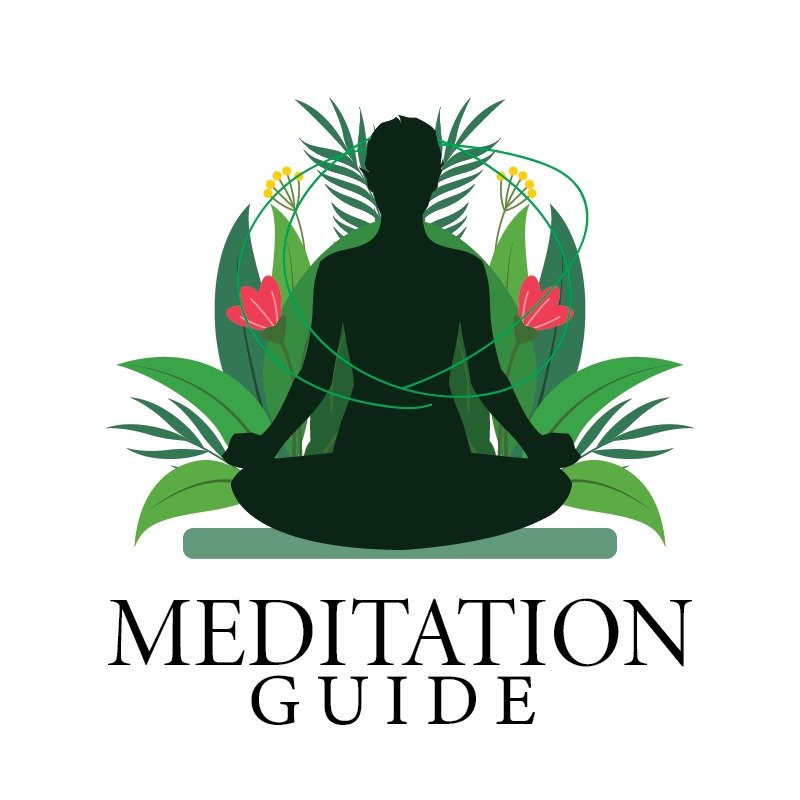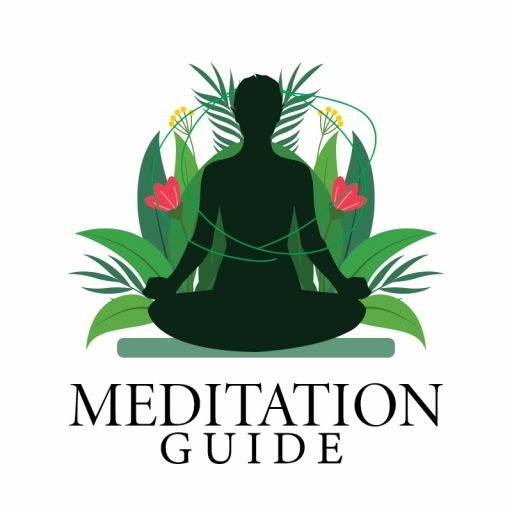
“Can I meditate with my eyes open?” is a common question. Yes, It is possible to meditate with your eyes open. The practice is called “open-eye meditation” and it requires you to be mindful of all the thoughts that enter your mind.
Many people are afraid to try open-eye meditation because they are worried about being distracted, but most people are only able to focus on one thing at a time.
You can take part in open-eye meditation while reading, listening to music, looking at art, or even just spacing out for a moment. There are no rules to this practice and it can be done anywhere at any time. With that said, here’s how you can meditate with your eyes open.
In this article, I will teach you how to meditate with your eyes open – a technique that is perfect for beginners. Along with the steps on how to do it, I’ll also give you tips on what supplies you need and where you can practice meditation in your area.
What Is Open-Eye Meditation?
“Open-eye meditation” is a new form of meditation that gives you the benefits of traditional meditation with the added bonus of seeing your surroundings. Close-eye meditation, or “lidless awareness,” includes clearing your mind and observing your thoughts without judgment or attachment.
This can be done by following a mantra, focusing on a repetitive sound, or meditating on an object. Open-eye meditation takes this one step further by adding in sensory input from the outside world.
Preparation for Open-Eye Meditation
In order to fully understand how to meditate with your eyes open, you need to practice first. So, first, let’s set the stage. Let’s say that you are sitting comfortably in a chair with your eyes closed.
As you do this, try to observe all of the thoughts that enter your mind. Be attentive and mindful of what you see in front of you.
If you see a dog, try to look at its body. It’s okay if you can’t see anything other than the dog, it is only your mind that is distracting you. Think about the dog’s ears, its head, and its tail.
If you are in a public library, look at a shelf full of books. That’s good practice because you won’t have distractions like people walking by, but you will still see things.
The Basic Technique
You start off with your eyes closed and your attention focused on your breathing. When your mind starts to wander, take a moment to acknowledge it, then quickly bring it back to your breathing.
It might take you some time to learn to focus on your breathing, but once you’ve learned to do it you will be able to go at your own pace.
When you’re ready, focus on your breathing and slowly extend your eyes into your periphery to catch any distractions that might come in. When you’re ready to focus on your breathing again, take a moment to acknowledge it and then focus on your breathing.
To close your eyes for the last time, raise your arms up in front of your face. Turn your palms and wrists into the wall and allow your arms to slowly drop to your sides.
How to Practice Open-Eye Meditation
Open-eye meditation is a type of mindfulness practice. That means it’s very relaxing and meditation in nature. That’s great because that’s how we can experience the greatest benefits from meditation.
In this form, one can maintain awareness of the world around them and also focus on their breathing, sensations, thoughts, and emotions. The goal of this type of meditation is to not be distracted by surrounding sights or sounds.
Open-Eye Meditation is beneficial for those who are interested in mindfulness practices but want to work with distractions that come from having their eyes closed.
This type of meditation can help bring awareness to the present moment and allow you to focus on what’s happening here and now.
Tips for open-eye mediation
First things first, do not stare directly at your eyes or even stare at them too long because this can be uncomfortable. Instead, you should put one hand in front of you and gently relax your eyes.
Focus on how everything around you is seen and perceived. Take a deep breath then close your eyes. Focus on any thoughts that enter your mind.
Do not try to fight them off, just be present with them as they enter.
What’s that noise? Can you focus on that sound? Why does it sound that way? Pay attention to your breathing and the feel of your fingertips and palms as they brush against each other.
When you notice your mind drifting, just notice it and bring it back to your breath. Inhale slowly and slowly exhale and then start again.
Tips for Beginners
You can practice meditation any time and anywhere. It’s all about practicing and creating the habit of being mindful. You can find open-eye meditation articles all over the Internet, but the most important aspect is making it a habit.
Many people wonder how to be present with their minds during meditation. The answer lies in separating the mind from the body. If you can separate the mind from the body you can focus on other things.
To help you do this, use something to keep you connected to your body. The goal is to create a physical way to stay connected to your body and mind. A good and safe place for this is a yoga mat. In yoga, we use our hands and our body as tools. When you practice with your hands, you are practicing at a different level.
That’s because many people start with some basic meditation. Daily practice allows you to better tune into your inner self and understands the science behind meditation.
Conclusion
There are many ways to meditate, including sitting and holding each breath in for a few moments, visualizing what your day looks like with a peaceful mind, or using deep breathing techniques to try and clear your mind. Open-eye meditation is one of the easiest ways to meditate, as you don’t have to focus on any one thing. However, this meditation is a bit different than the others.
Most people are most likely not used to meditating with their eyes open. But it’s a great practice if you’re new to meditation. It’s simple to do, but it’s quite a challenge at first. You’ll need to be open and observant of your surroundings. You’ll also need to learn how to focus your attention on something in your surroundings.
Open-eye meditation will help you focus better. In fact, studies show that it has many cognitive benefits that are similar to meditation, including faster, more efficient cognition, better memory, and decreased reactivity to stressful experiences.







